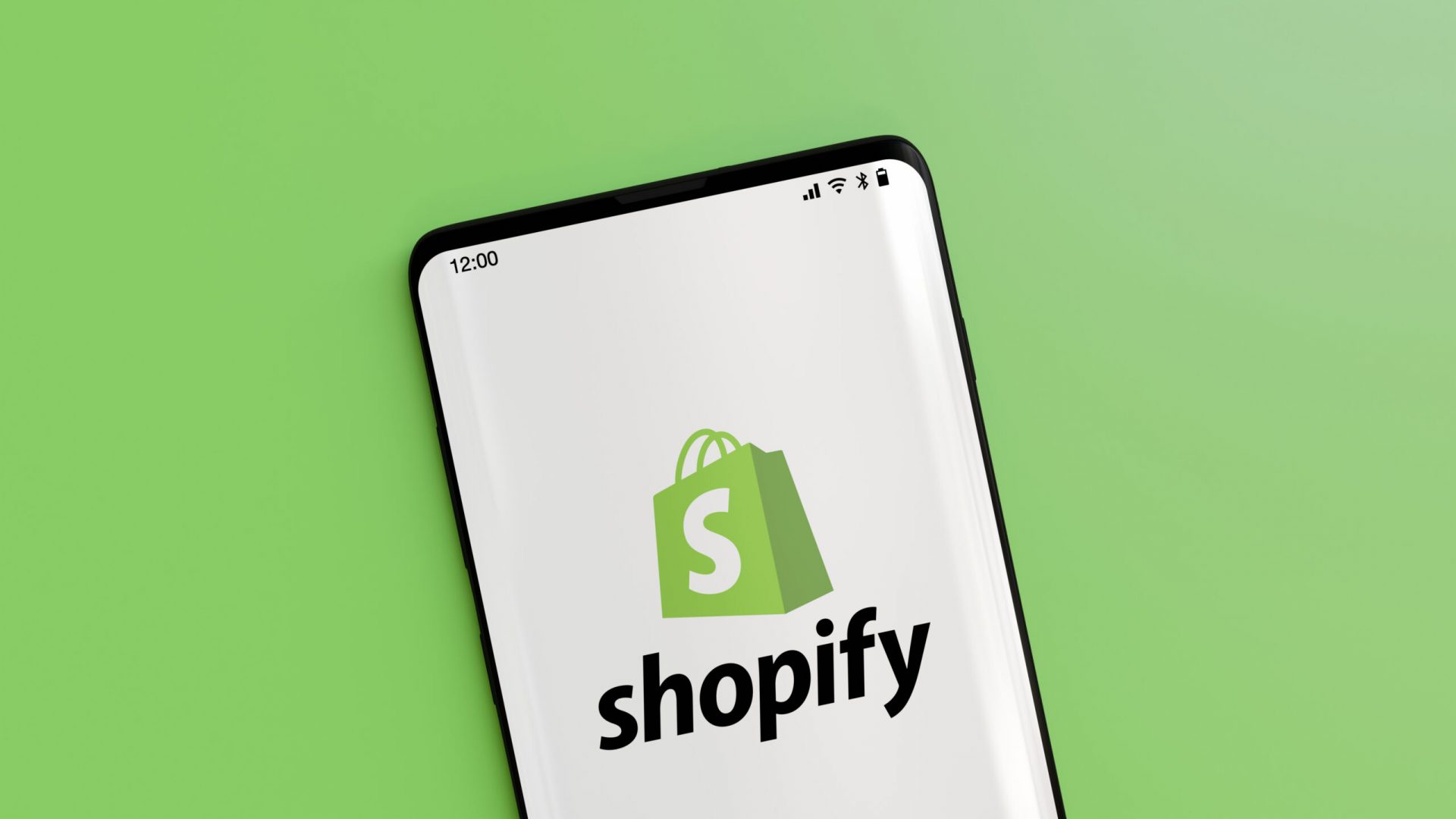
Are you ready to make the leap into launching your own Shopify store? Although it might seem overwhelming, Shopify makes it easy to set up a new store quickly. The most important thing is to set your store up correctly from the beginning, giving yourself a solid foundation to work from. Here’s how.
- Get a strong start
Before you begin setting up your new Shopify store, you should have a few things in place:
- Decide if you want to sell in person as well as online – in which case, you’ll need to check out Shopify’s in-person POS equipment.
- If you have an existing online store, will you be migrating it over to Shopify or starting fresh?
- Review the pricing plans and decide which is best for you.
- Make sure you’re adhering to your city and state laws, especially tax laws.
2.Administrative setup
Next, you’ll sign up for your store. Here, you’ll enter store names, passwords, emails, and your domain name. You’ll also enter currency, payment, billing, and shipping information. As you set up the payment page, run through it to make sure it works properly to avoid any friction during the checkout process.
This is also where you’ll decide if you want to sell through multiple channels. Shopify allows you to sell through other sites like eBay, Amazon, and social media. While not necessary, selling on multiple channels has proven massively effective for other stores like Cupshe and Oro Los Angeles.
- Store design
Then comes the fun part: designing your store! First, add key pages like home, contact, FAQ, blog, and about us. Choose and customize a theme that fits your brand aesthetic. Then, add your products and organize them, making sure to add collections, menus, and navigation.
As you add images to your site, be sure to optimize them. Consider the following:
- Make sure your images are JPEG for photos and PNG for icons and graphics.
- 50×50 pixels for thumbnails works best.
- Your brand image should be clear and crisp no matter the size.
- Use SEO when naming your images and adding alt attributes – choose keywords you want to rank for and be descriptive.
How Does Dropshipping work?
4. Prepare for launch
Once your store is up with products and key pages added, you need to prepare for launch. Before launch, you should:
- Have a marketing plan in place. How will people find your store? Will you share it on social media or use paid advertising? Make sure you know how you’ll market the store so you can have a successful launch.
- Set up email marketing and adjust templates so they’re ready to go at launch. You should plan on having email templates centered around these themes: welcome, abandoned cart, e-receipts, order confirmation, and shipping notifications.
- Add an analytics tool, like Google Analytics, so you can track your results and adjust your marketing plan as you go.
- Step away for a day, then come back and audit everything you’ve inputted. Check for spelling, grammar, photo quality, and broken links.
- Test everything – go through the motions for ordering, refunds, cancellations, and fulfilling orders. By testingnow, you can avoid potential customer complaints down the line. Make sure tax and shipping calculate correctly. Test each page and button. You might grab a trusted friend to assist you with this process.
How to Start an eCommerce Business with Dropshipping?
- Open your store
You’re ready for business! Once you’ve launched your Shopify store, the key is to monitor your progress and adjust the plan as needed. Give your store time to bring in results – don’t panic and drop your carefully crafted plan if you don’t sell out immediately. After a few weeks or a month, study your analytics to see how people are entering your site and what their journey is. There are a few things you can do to continue to drive business to your site:
- Marketing on social media – study your analytics here as well, and decide if you need to adjust your content strategy to gain more followers there.
- Grow your email list – offer freebies and discounts to get people to provide their emails. Then, make sure your email marketing strategy is up to par.
- Add more sales channels – as we discussed in step one, many businesses find success when they sell via multichannel. You might sell more if you use your Shopify store to sell through Instagram or Amazon.
Just like that, you’ve successfully launched your Shopify store! Be consistent and be sure to track your progress. Be open to adjusting your strategy as needed – the rest will follow. Getting started is always the hardest, but most necessary step.
Keywords: Shopify store, Shopify
Written By
Jane Hardt
June 1, 2021
